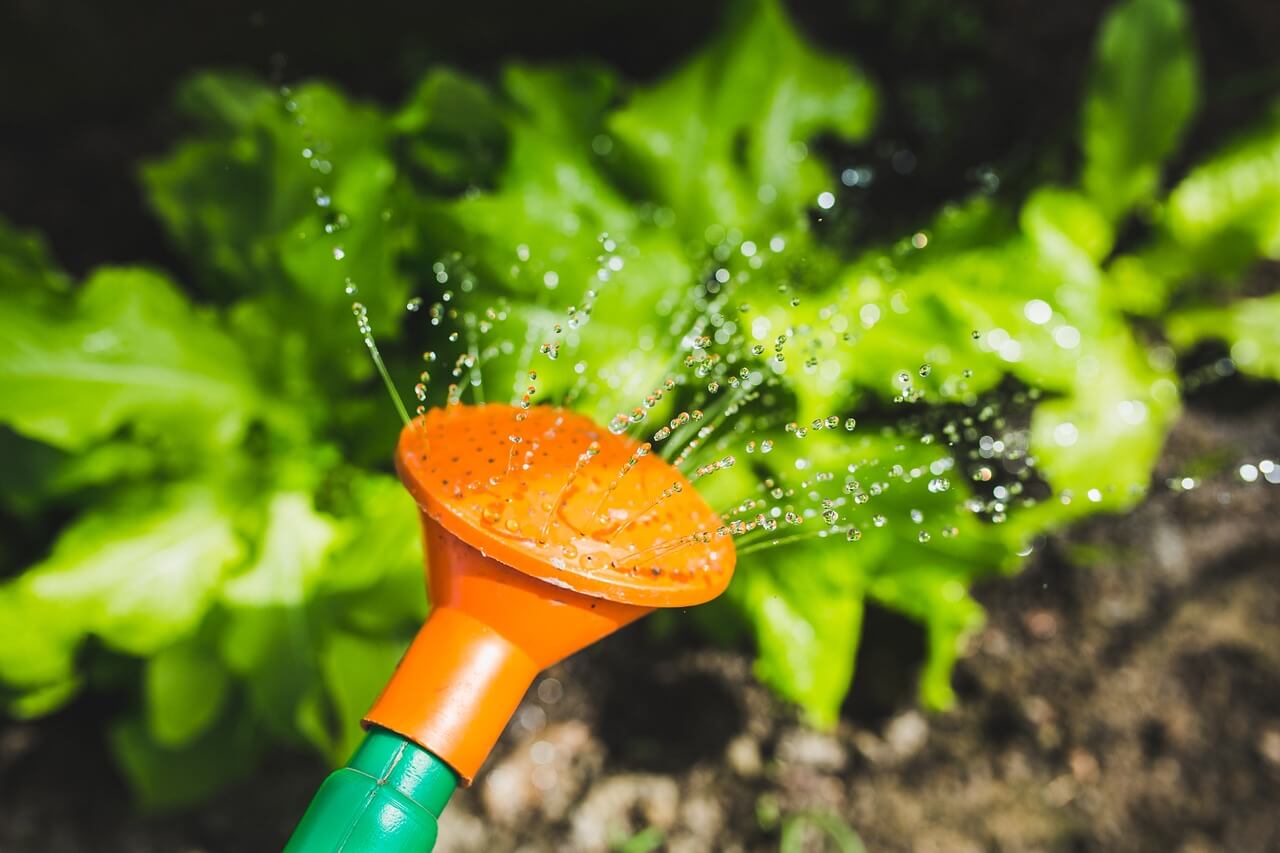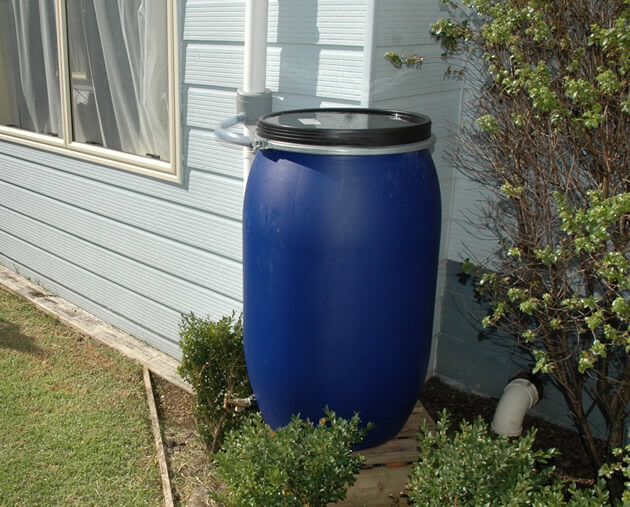Water Saving Tips For Gardening in Drought

Sustainable Ways To Keep Gardens Flourishing in Dry Spells
Our climate seems to be getting increasing extreme; hurricanes and flooding are more common, and so is drought in many places.
Extended dry spells a major problem for the home gardener struggling to keep vegetables and other plants alive. Water restrictions placed by local government mean a tight reign on the garden hose. So how do we help our plants survive a long hot summer?
Landscape gardener Rosalind Creasy offers some useful suggestions to conserve, catch and store water for the garden.
Use lots and lots of mulch
Use garden compost, pine needles, aged sawdust, fall leaves, and/or straw to mulch. For annual flowers and vegetables make sure that your compost is well aged or the soil microbes will rob the soil of needed nitrogen. The looser the material the more you need to watch for slugs and snails that can hide in the mulch. Keep the mulch 6” away from the crown of annuals, shrubs, and tree trunks to prevent diseases.

Deep watering
Surface roots dry out faster than those at least 6” deep. Consider buying an irrigation timer, and set it to water for shorter periods of time and water a second time a few hours later, this way the water will penetrate more deeply. Most irrigation timers can be set to do this. A great tool to make sure your plants are watered properly is a soil probe. Push the probe into the soil as far as you can, 6” to a foot deep or more, remove it and look at the sample and see if it contains damp or dry soil. And use the internet to help you identify hydrophobic soil. When soil gets very dry it actually sheds water just like a dry sponge and you need to apply water slowly and let it be absorbed or most of your water will drain away.
Catch rainwater
Rain barrels are a natural for rainy climates, but how about in arid climates? I have found my two 75 gallon barrels quite useful. Certainly I collect rain water during our rainy season, but I also use them all year long to store gray water from the house to water my plants.

Drip irrigation
Use drip irrigation for shrub borders, fruit trees, flower beds, and vegetable gardens. Drip irrigation is dramatically more efficient than overhead sprinklers (some experts say as much as 50%). Further, it cuts down on weeds, water runoff, and fungal diseases. But planning is important. A well thought-out drip irrigation system will save many headaches. Drip systems take effort to install and close attention to work effectively. Here are a few tips based on my 30 years of drip irrigation experience:
- Avoid cheap irrigation “kits.” They can be unreliable. It is hard to find replacement parts for repairs and some cheap plastic tubing can expand in hot weather forcing the emitters to pop off.
- Install a good filter and change it every few months.
- Cover the tubing with mulch, not only because it looks better, but because it protects the plastic from ultraviolet light so it lasts longer.
Reuse household water with gray water systems
Gray water is defined as relatively clean waste water from showers, baths, sinks, and washing machines. I keep a few plastic gallon buckets near my kitchen and bathroom sinks and put the buckets under the faucet when I’m bringing hot water to the sink or shower, and I use them when I rinse vegetables, my hands, etc.
Gray water is suitable for use in the garden because soil microbes tie up most disease organisms and toxins. When using gray water, avoid laundry soaps that contain sodium, salt compounds, and boron which can damage plants. Look for biodegradable products if you plan on using greywater.

Source: Blog.SeedSavers.org






